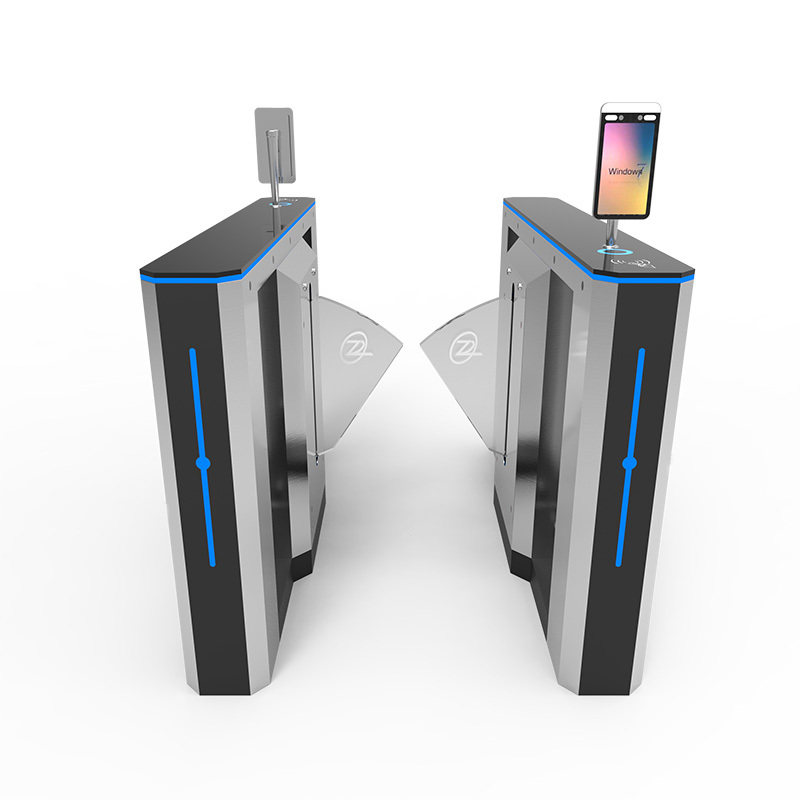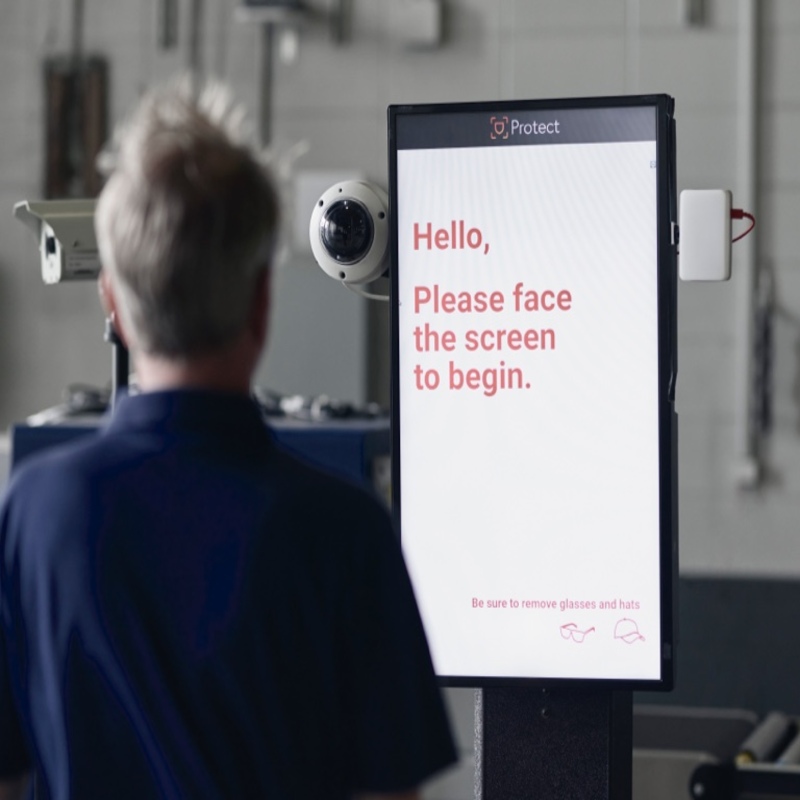Facial recognition technology has emerged as a focal point in modern security solutions. Its ability to enhance safety measures has garnered attention across various sectors. Wicket, an innovator in this domain, stands out by offering a comprehensive solution. This article delves into the workings of Wicket facial recognition technology, its applications, and the implications for the future. Throughout, we will explore how this technology not only elevates security but also improves efficiency in various environments.
Understanding Wicket’s Technology
Wicket’s facial recognition system operates based on sophisticated algorithms. These algorithms analyze facial features and compare them against stored data. The technology begins with capturing an image, either from a camera or a mobile device. Subsequently, the software processes this image to identify unique facial characteristics, such as the distance between the eyes and the shape of the jawline. After this analysis, it matches the features with a database of known individuals.
The Core Algorithms Behind Facial Recognition
The core algorithms of Wicket’s facial recognition technology are designed for accuracy. They utilize deep learning models to improve identification capabilities. Additionally, these models are trained with thousands of images to enhance their effectiveness. As a result, the system can recognize a person’s face even under varied lighting conditions. This robustness makes the technology adaptable to various environments.
Another key feature of these algorithms is their speed. Wicket’s facial recognition system processes images in real time. Thus, it can quickly identify individuals as they enter a space. This rapid recognition is essential in high-traffic areas, such as airports and offices. Moreover, the technology scales easily, allowing for integration with existing security systems.
The Data Management Aspect
Data management plays a crucial role in Wicket’s facial recognition technology. The software securely stores an extensive database of facial images. To protect user privacy, the system adheres to stringent data protection regulations. This ensures that the data collected is treated with the utmost care. Furthermore, users have control over their information, which fosters trust.
Additionally, Wicket employs encryption methods to safeguard data. These methods protect the information from unauthorized access. The combination of secure storage and encryption employs a robust security framework. This framework underpins the overall reliability of the facial recognition technology. Consequently, stakeholders can confidently use the system without fearing data breaches.

Applications Across Various Sectors
Wicket’s facial recognition technology finds extensive applications across multiple sectors. Its versatility allows it to be tailored for different needs. For instance, the security sector reaps immense benefits from its deployment. Many organizations utilize the technology to enhance safety measures. However, other industries, such as healthcare and retail, are also adopting this innovative approach.
Enhancing Security Measures
In the security sector, Wicket’s technology plays a pivotal role. Security agencies use facial recognition to monitor individuals in real time. For instance, airports employ this technology to identify potential threats. By analyzing passenger data quickly, authorities can react to incidents before they escalate. Furthermore, this system automates several security processes, freeing up personnel for other tasks.
Moreover, organizations employ facial recognition in access control systems. By linking the technology to entry points, unauthorized access can be easily prevented. This not only enhances security but also ensures that only the right individuals enter sensitive areas. Consequently, organizations can better manage their resources and maintain a secure environment.
Transforming Healthcare Access
Facial recognition technology is revolutionizing the healthcare sector as well. Hospitals and clinics utilize this system to streamline patient check-ins. Patients no longer need to provide identification via cards or paperwork. Instead, a simple face scan can confirm their identity. This efficiency reduces wait times and enhances patient experience.
Additionally, this technology assists in managing sensitive patient information. Medical staff can quickly access records without needing to consult various databases. This real-time access improves the quality of care provided. Consequently, healthcare providers can focus more on their patients, ensuring optimal service delivery.
Challenges and Ethical Considerations
Despite its benefits, the use of facial recognition technology raises ethical concerns. Issues surrounding privacy and consent complicate its implementation. Critics often argue that individuals should have control over their biometric data. Furthermore, misuse of this technology can lead to surveillance overreach, which impacts civil liberties.
Privacy Concerns and Regulations
Privacy is a primary concern associated with facial recognition technology. Individuals may feel uncomfortable knowing they are constantly being monitored. Therefore, it’s essential for organizations to establish clear guidelines. These guidelines should outline how the technology will be used and for what purposes.
Laws and regulations around facial recognition are evolving. Various jurisdictions are implementing legislation that governs its use. These regulations aim to balance the benefits of the technology with individual privacy rights. Consequently, organizations must remain compliant with these regulations to gain public trust. Failure to do so can result in legal repercussions and public backlash.
The Risk of Misidentification
Another challenge is the risk of misidentification. Ineffective algorithms may produce false positives or negatives. Such inaccuracies can cause significant problems, especially in security settings. Misidentification can lead to wrongful accusations, resulting in discrimination or harassment.
To address this risk, Wicket continually refines its algorithms. By investing in research and development, the company strives to minimize errors. This commitment enhances the technology’s reliability over time. Consequently, stakeholders can have greater confidence in the system’s accuracy.

The Future of Wicket Facial Recognition
Looking ahead, Wicket’s facial recognition technology is poised for growth. As various industries recognize its value, its adoption will likely expand. Technological advancements will further enhance its capabilities, creating a more efficient solution. By harnessing the power of artificial intelligence, Wicket can develop even more sophisticated systems.
Integrating with Other Technologies
The future of Wicket’s facial recognition lies in integration with other technologies. For instance, combining it with artificial intelligence can optimize various processes. This collaboration can enhance decision-making in real-time situations. Furthermore, integrating with data analytics tools can provide deeper insights into usage patterns.
Additionally, partnerships with other tech firms can lead to new innovations. By collaborating, organizations can develop comprehensive security solutions. This synergy can address complex challenges across sectors. Ultimately, this integration will position Wicket as a leader in advanced security technologies.
Expanding to New Markets
As Wicket’s technology matures, expanding into new markets is inevitable. Emerging economies present untapped opportunities for growth. Many organizations in these regions seek efficient security solutions. By providing a cost-effective option, Wicket can establish a strong foothold.
Moreover, adapting the technology for specific cultural contexts is vital. Understanding local customs and regulations can facilitate smoother adoption. Wicket must engage with communities to ensure their technology meets local needs. This community-focused approach will enhance acceptance and usage.
Ethical Considerations in Implementation
As Wicket facial recognition technology gains traction, ethical considerations arise. Organizations must address these ethical dilemmas to ensure responsible usage. A proactive approach will foster public trust and community support.
Establishing Clear Guidelines
Organizations utilizing Wicket must establish clear guidelines. Policies regarding data collection, storage, and usage should be transparent. A well-defined approach helps in addressing ethical concerns effectively. Moreover, regular audits can maintain accountability and ensure compliance with regulations.
Engaging with the Community
Engaging with the community is crucial for a positive perception of Wicket technology. Organizations should form partnerships with local stakeholders. These partnerships can create educational initiatives surrounding facial recognition. Understanding its benefits and limitations fosters informed public opinions and support.

Conclusion
In conclusion, Wicket facial recognition technology represents a significant advancement in security measures. Its robust algorithms, extensive applications, and forward-looking strategies position it favorably for the future. However, ethical considerations and privacy concerns must be addressed. Balancing innovation with individual rights is critical for sustainable growth. As Wicket navigates these challenges, its technology will likely play an even bigger role in enhancing security and efficiency across various sectors. As we look ahead, the potential for further integration and refined solutions seems promising. Ultimately, technology must prioritize human dignity while ensuring safety and efficiency.


